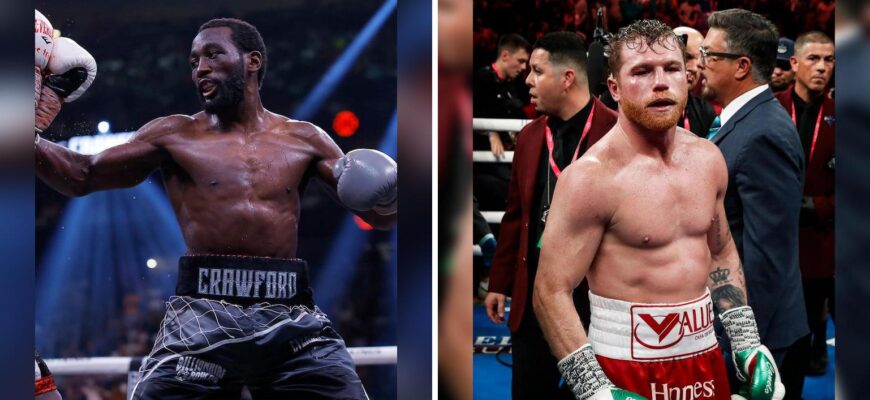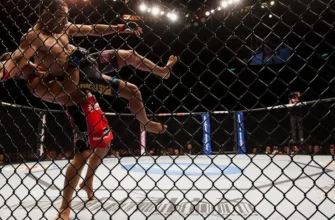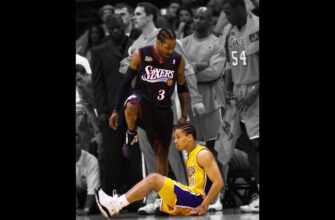The boxing world perpetually buzzes with dream matchups, and a potential clash between reigning super middleweight king Saul “Canelo” Alvarez and undefeated welterweight maestro Terence Crawford is currently near the top of that list. Should this intriguing proposition materialize, it pits a physically dominant force against a technically sublime, albeit naturally smaller, combatant. Adding his voice to the burgeoning debate, Mexican legend Julio Cesar Chavez Sr., a figure synonymous with grit and knockout power, has delivered a rather blunt assessment of how he expects such a fight to unfold.
Canelo Alvarez (63-2-2, 39 KO), holder of the WBC, WBA, IBF, and WBO titles at 168 pounds, stands as one of boxing`s foremost figures. His resume is deep, his power is proven, and his presence in the ring is formidable. Crawford (41-0, 31 KO), meanwhile, has systematically dismantled the welterweight division (147 pounds) and previously unified the super lightweight division (140 pounds). His transition upwards, particularly challenging a champion three divisions his senior, represents a significant strategic gamble on ring IQ and adaptability overcoming natural physical limitations.
Chavez, drawing upon decades of experience at the elite level where weight classes define competition for very practical reasons, sees the potential outcome dictated primarily by physics. His prediction is unambiguous: a knockout victory for his compatriot, Canelo.
According to Chavez, the inherent disparity in size and power between a seasoned super middleweight and a welterweight making such a substantial leap cannot be easily negated, regardless of skill level. “Canelo will win by knockout,” Chavez stated with confidence, even offering a potential timeframe for the conclusion, suggesting the fight could end “somewhere in the sixth, maybe seventh round.” While acknowledging Crawford as a “very good fighter,” Chavez`s rationale circled back to the fundamental structure of boxing: “the weight restrictions were not introduced for no reason.”
This perspective cuts straight to the core question of such cross-divisional contests: When does a technical advantage or pure ring mastery hit an insurmountable wall of size, strength, and punch resistance? Crawford possesses exceptional skill, timing, and deceptive power for a welterweight, but moving up against a naturally larger, durable fighter like Canelo presents unprecedented challenges regarding the ability to absorb punishment and inflict meaningful damage. Canelo`s frame is built for 168 pounds; his punches carry the weight of that division. Crawford`s, while effective at 147, must travel further and land with more impact against a bigger man, all while his own chin is tested by heavier artillery than he is accustomed to.
Chavez`s prediction, while perhaps blunt, underscores a prevailing sentiment among many observers and participants in the sport. While the romantic notion of the smaller, more skilled fighter overcoming physical giants is appealing, the reality in championship-level boxing, particularly across multiple weight classes, is often less forgiving. The structural advantages of a fighter operating at their natural, higher weight limit – absorbed power, delivered power, and overall physical resilience – can be significant factors that even unparalleled skill struggles to overcome.
The potential Canelo-Crawford fight remains one of the most debated topics in boxing, precisely because it forces a contemplation of these fundamental dynamics. Chavez has made his position clear, siding firmly with the physical reality of the weight difference as the decisive factor. Whether Crawford`s brilliance can defy gravity, or if Chavez`s prediction proves a stark reminder that sometimes, size indeed matters, remains a captivating question should these two pound-for-pound elites ever share the ring.






